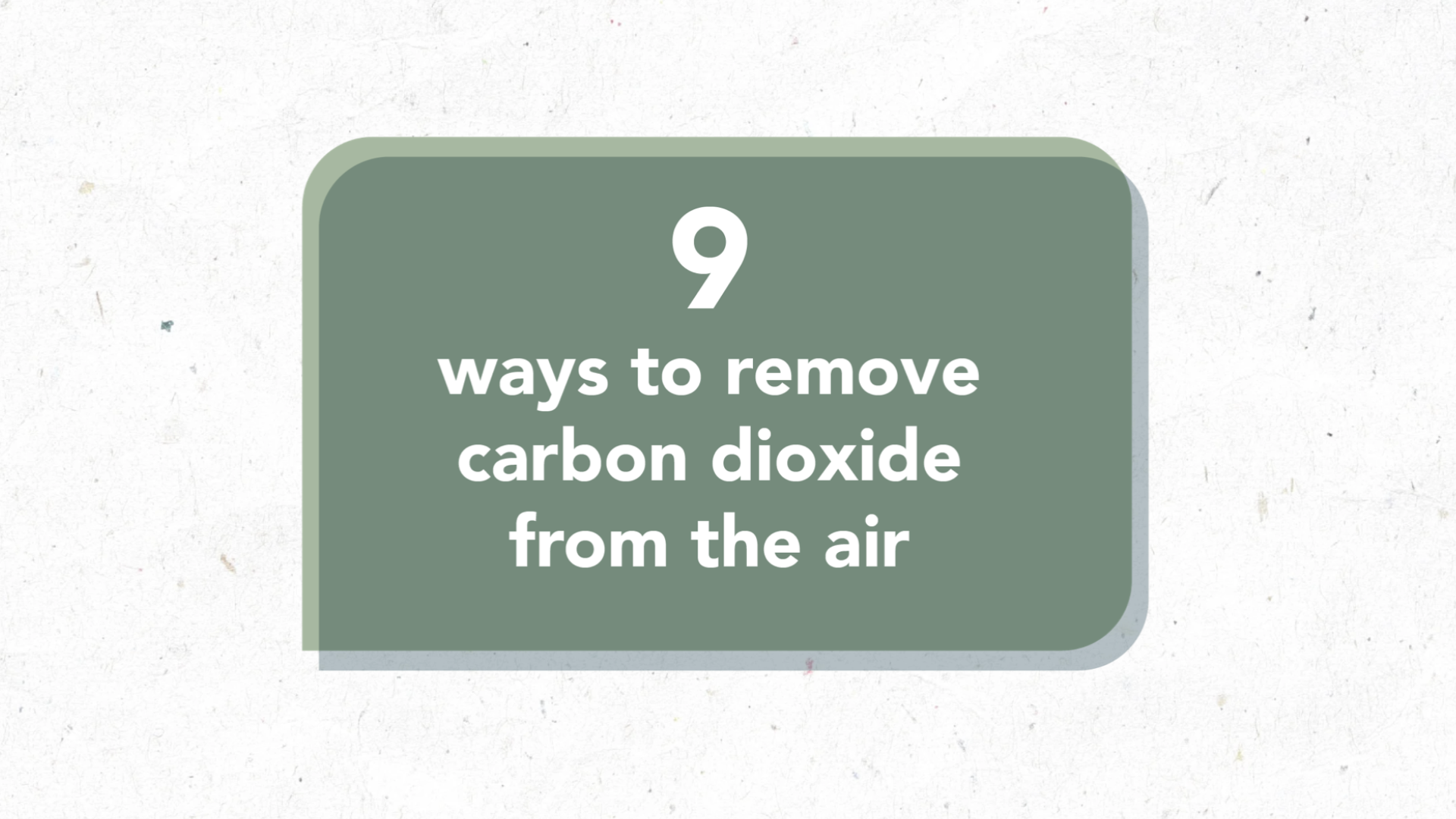Shefali graduated from Imperial College London with a Masters in Design Engineering, where she built skills in mechanical, electrical, and software engineering with the goal of creating products and services that work for people and the planet. Currently, she is a Design Engineer at Black Bull Biochar (BBB), where her role varies from setting up BBB’s Monitoring, Reporting and Verification systems, preparing to certify their carbon removal credits, and working with farmers to build a system that maximises the on-farm benefits they see from using biochar.
How did you first come across GGR?
I was applying for jobs after graduating from my Masters. One of my friends had interned with Alex Clarke (co-founder of Black Bull Biochar) and sent through their job posting for a design engineer. My goal after graduating was to work at a small company focused on making a positive and tangible impact for our environment, so it couldn’t have come at a better time really! It’s how I found out that greenhouse gas removal was actually something we can do, and not just science fiction.
Who inspired you when you were looking to get into the industry?
I’ve always felt clearly that I want any job I do to have a positive impact on the environment, and I think this comes from watching nature documentaries growing up, with people like David Attenborough and Jane Goodall advocating for the work that needs to be done in protecting nature. What I like about GGR is that although it’s a complex space with a variety of perspectives and opinions, everyone is working towards the same goal. Not to sound too cheesy, but I find the diversity of work and the passion of members in the FLN to be genuinely motivating and inspiring 🙂
What aspect within your role now is motivating you?
Black Bull Biochar is a start-up trying to scale greenhouse gas removal through – you guessed it – biochar. We’re currently in the process of getting our first pyrolysis unit up and running, and I am working closely with our group of pilot farmers to develop personalised biochar use plans to maximise its agricultural benefits for each individual farm.
I’m definitely looking forward to our pilot testers actually using biochar, seeing the impact it has on their crop yield and overall soil health, and learning from their experience putting it into practice on a working farm. Day-to-day aside, I’m keeping a keen eye on how governments will adapt to new GGR technologies and how they opt to include them in regulation and national accounting systems.
Where do you see the biggest gaps and need for further resources?
Communication, to start! I didn’t know what GGR was before joining the industry, and when you see it in the news in the context of the VCM it tends to be negative press that gets featured. I think we could be doing more to communicate the nuances of different types of GGR, and where it falls within the wider context of climate change mitigation. Ultimately, we need to start with what GGR/CDR is, since it still requires a fair bit of explanation when someone asks me what I do!
I also feel that increasing understanding around the quantification of other GGR impacts (e.g co-benefits or activity shifts) is going to become increasingly important in the coming years.
What advice would you give someone looking to get into GGR?
Find someone on LinkedIn and ask them questions! It’s a pretty small industry with a lot of enthusiastic people, they will be able to point you to resources and other helpful contacts. I think it also depends on what you’re looking to do. For an overview of the space, I found the State of CDR report and explainer blog posts, like from Sylvera and BeZero, to be very useful. Frontier has also created a CDR knowledge gap database which could be a good start for someone looking to work in research.
There’s a lot of resources out there and it’s easy to get overwhelmed, so I find just talking to people to be the easiest way to focus on one question at a time.
Can you describe your 2050 vision for GGR?
Hopefully by 2050, with a combination of reducing emissions and GGR we will be on track to keep global temperature rise below 1.5°C. I’d love to see GGR included in as many supply chains as possible, making the most of not just its climate benefit but the co-benefits of each technology as well. This is probably very optimistic, but I think we have to be!





